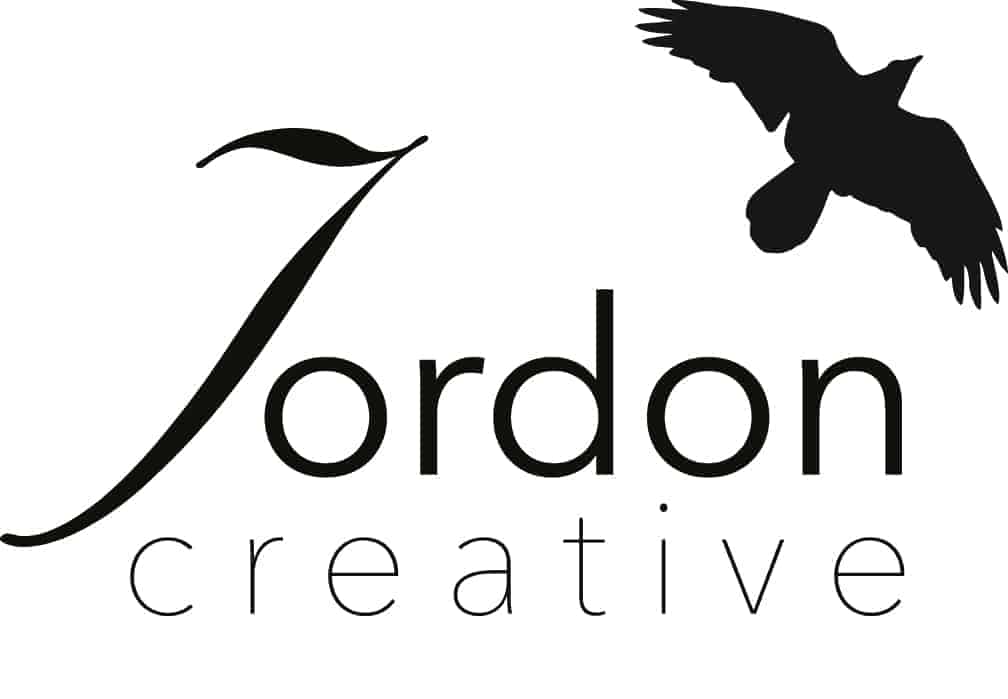I have a secret that not one digital marketing firm, creative group, or old-fashioned marketing agency will tell you, and it’s — marketing is complicated. It takes time and it takes consistency above all else. So, here’s your problem, it’s mine too, there’s not enough time, energy, or money in a small business (or in a typical marketing department) to either learn a bunch of new skills (quick-like) or to hire a bunch of people to manage to handle all of the marketing for your company, while at the same time still trying do your life’s work. You started your business to do what you do (woodworking, coaching sports, nutrition, photography, etc), but you have to market your services and products to build sales. Similar to how some people feel about sales and selling, people often feel lost when it comes to marketing, and it’s totally understandable. There are a lot of moving parts, a ton of things with which to experiment and modern day marketing is constantly changing.
So where do you start as a small business owner?
Well, the marketing task that sits atop the ROI throne for businesses of all shapes and sizes, is creating content. You’ve heard it over and over, again and again, ‘content is king’, and no surprise here, drum roll please — it’s still true. So this is what I want to touch on today, the topic of content, its benefits, and the process of creating it. Developing content usually is the biggest and most intimidating bear of a task for small business owners (or in my first experience, a marketing lead with very limited resources); and your content almost always gets compromised in quantity, quality, or frequency.
Why is creating content so intimidating for so many?
The main reason is because writing powerful and persuasive, effective content is time consuming. So people naturally tend to gravitate to creating smaller works. Good content, no matter how small (insert latest business jargon or buzzword like ‘micro-content’) has a purpose. You should always, always define the goal of that piece of content before creating it, otherwise it won’t accomplish the task assigned to it. Procrastinating the ‘hard’ stuff, the stuff that takes learning and planning, is super easy to do when you have ‘more important’ things to handle for your business, all of which happens to come more naturally to you. Why else would you have started that business? Another larger reason that comes up often, after some self examination exercises, is that because writing down our experience, knowledge, and story makes us feel vulnerable. We are sharing our inner thoughts for all to read, feel, connect with and — (gasp) — judge.
Why is consistency in content for marketing strategy so important?
Well the obvious reason is frequency, to keep your brand in front of your audience so they don’t forget you exist. Another reason is the more you communicate the right message the more your audience will start to trust you, and that trust brings you closer to a sale. That’s what branding is all about, reliability and trust. Consistency also allows you to test and refine your communication strategy and messaging. Better content with a consistent message leads to better conversion rates because your audience can trust you. However, the biggest benefit that comes from creating and posting relevant content consistently to your website is SEO. The best way to get good search ranking is to consistently add fresh and relevant content for audience consumption.
For years I lead creative marketing teams; I spent time with startups, technology enterprises, and natural product companies. I also spend a lot of time in small business where the ‘wearing many hats’ thing is seriously no joke. Ever heard of an HR Manager for a PR agency who would also help create content for press releases, plus act as the executive assistant to the CEO? Well, here I am, telling my story and speaking from my experience. I’ve tried, tested, and observed many different methods, tactics, and processes with many types of teams. As a marketing lead at a tech company, I was frustrated with the requests inundating my department to create more content, and faster. Now I’m not complaining about the fact that the requests for more, and different content for more diverse audiences were coming at a faster pace. It was indeed a very good problem; it meant our market share was expanding and that we were talking to a wider variety of people who were in all different stages of the buying cycle (or sales funnel). We simply needed a creative solution to support the growth and the extended team’s demand for more content. The problem, how can we increase the quantity and quality of our content in order to communicate with it more frequently and consistently, while staying within [a conservative] budget? Alternatively, as a small business owner I experience the challenge of creating quality content differently. I still have a tight budget, so that’s not new; but now I have the added responsibility of operating the entire business. No human resources department, no accounting department, and no sales team.
Cut to lightbulb moment – Why are we doing content marketing backward?

Since every team needs the content to work to grease the skids for the landing, in other words, the sale. And it’s important to increase the quality and quantity of content across all marketing channels so that it’s effective, why is our process backward?! I know you’re saying, ’what do you mean backward? I’m creating bits of content and sharing it every chance I get.’ I’m not going to lie, my teams didn’t like my new process idea at first either, but boy was it worth it in the end. Let me explain.
Here’s what we were doing, and most likely how you’re doing things now. Our first instinct [we’re human] to create more content faster, was to jump on the micro-content bandwagon. It sounds like an easy solution right? Small blurbs of content you can quickly share to all your marketing channels. Sure, we all have time for small bits. You’re getting some leads doing it this way. But what happens when one hot lead asks for more information to validate the claims you made in the micro-content you’ve been sharing? Now it’s time for you and your team to write a detailed white paper, case study, or how-to guide to help close a potential large deal or push to syndication for your channel partners, you can’t simply pull all those little bits of micro-content into one cohesive document and have it quickly make sense. On the other hand, if you write the macro-content first, the white paper about your innovative widget and how it solves an infinite amount of problems for your customers, you’ve just created a high-value piece of content that you can share in a multitude of ways. It’s a treasure trove of information from which you can quickly grab micro-content to share. Not only can you use this macro-content in a lot of different ways, it’s easier to keep your messaging in the micro-content consistent because you are pulling information from one master document.
Marketing is multi-dimensional, it has many layers, so if you’re hiring an outside team (name any marketing or creative agency) you should buy more than one service. If you only buy a 6-month site optimization package because of the promise to get more traffic to your site and improve sales, you’ll be disappointed. This package will only work in concert with other marketing efforts, like content development, strategy, and graphic design.
Cheers to all the people on my past teams that had to hear this from me so many times, who are possibly hearing it again now. I know a bunch of them might be rolling their eyes and thinking, we’ve heard this before; it’s not the easiest path for a larger team to start on, but it is the easiest process to scale for the long haul if you want to build an effective brand and as a result, your bottom line. I hope you use this process to kickstart your content marketing strategy. I’d love to hear how it goes for you. And if you need any help, you know where to find me. Thanks for listening.
